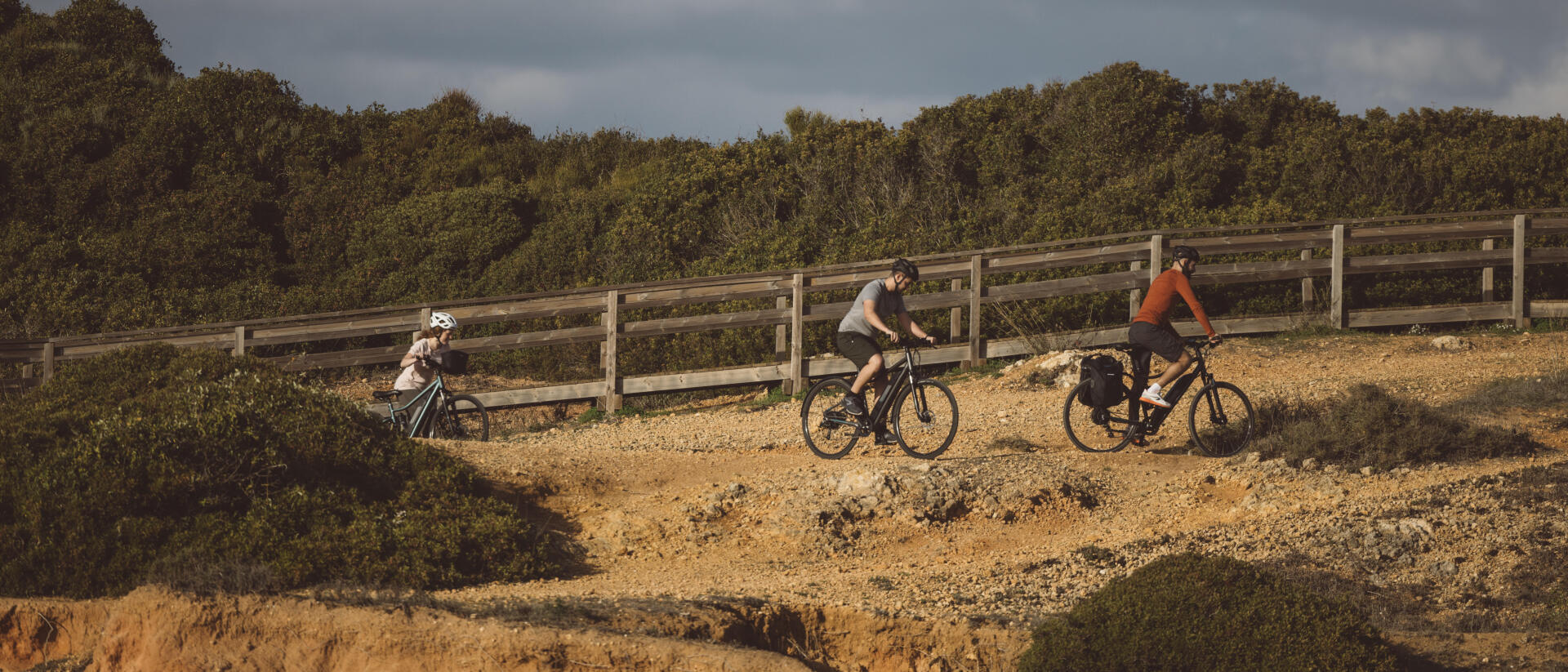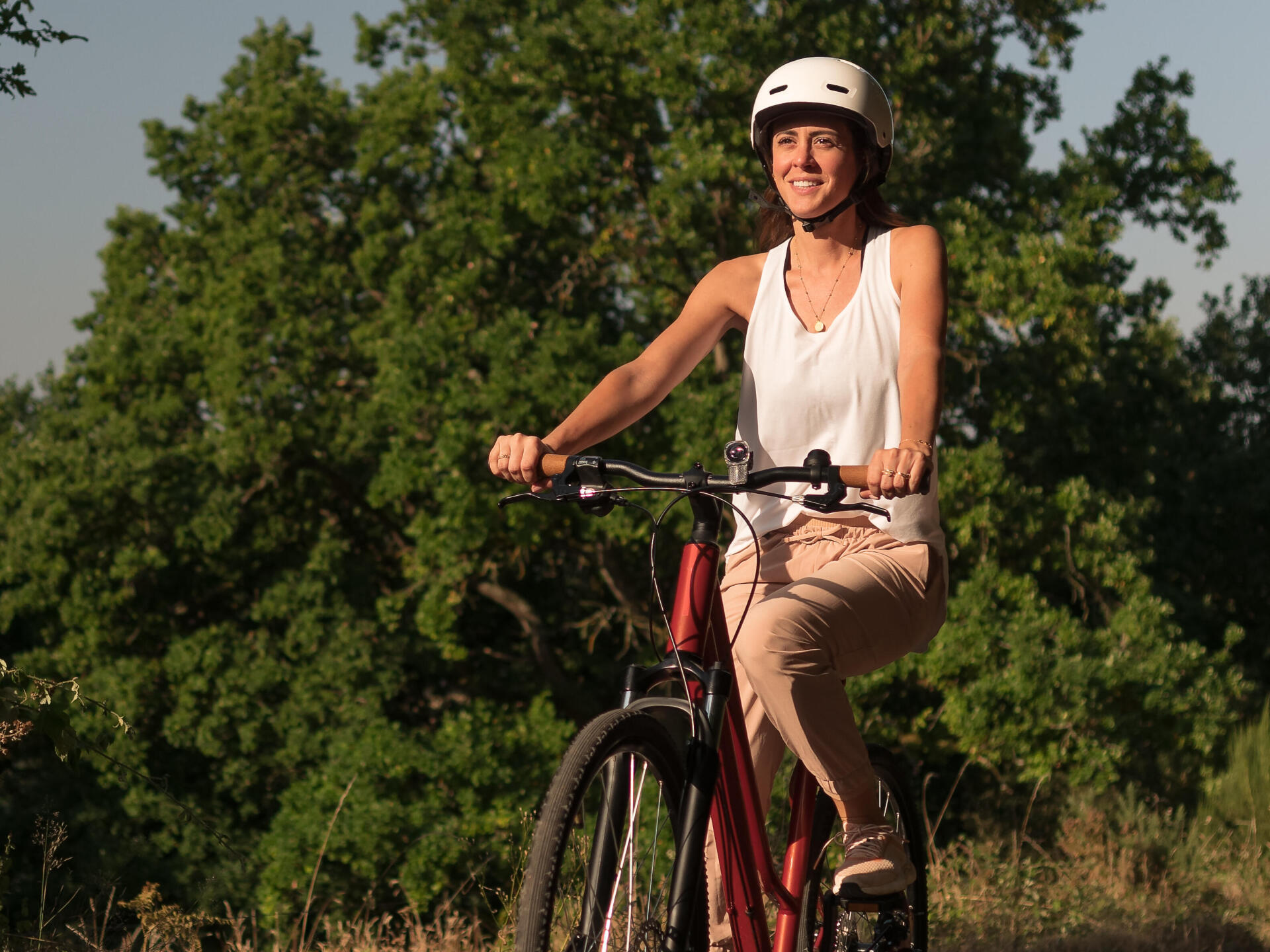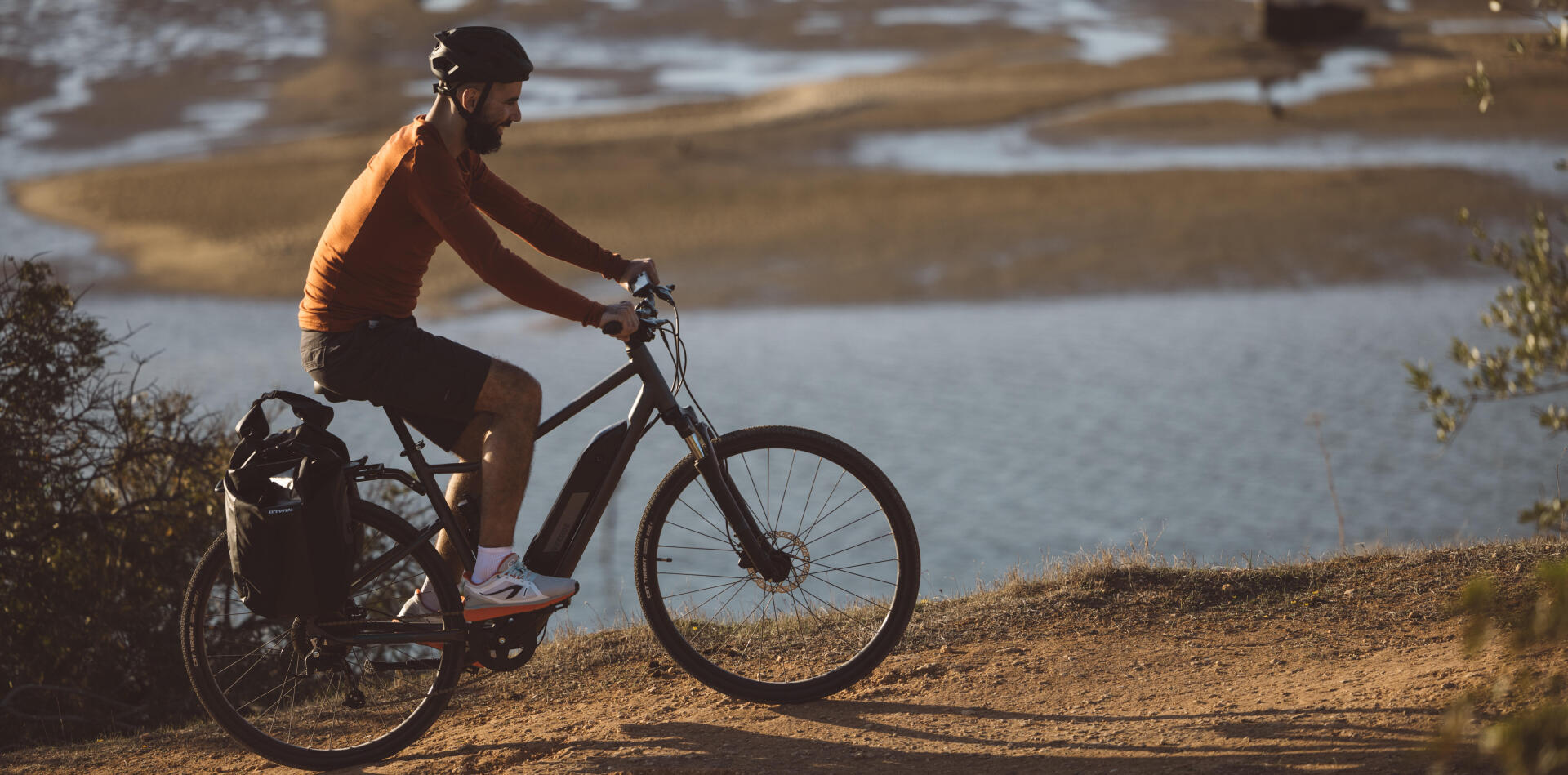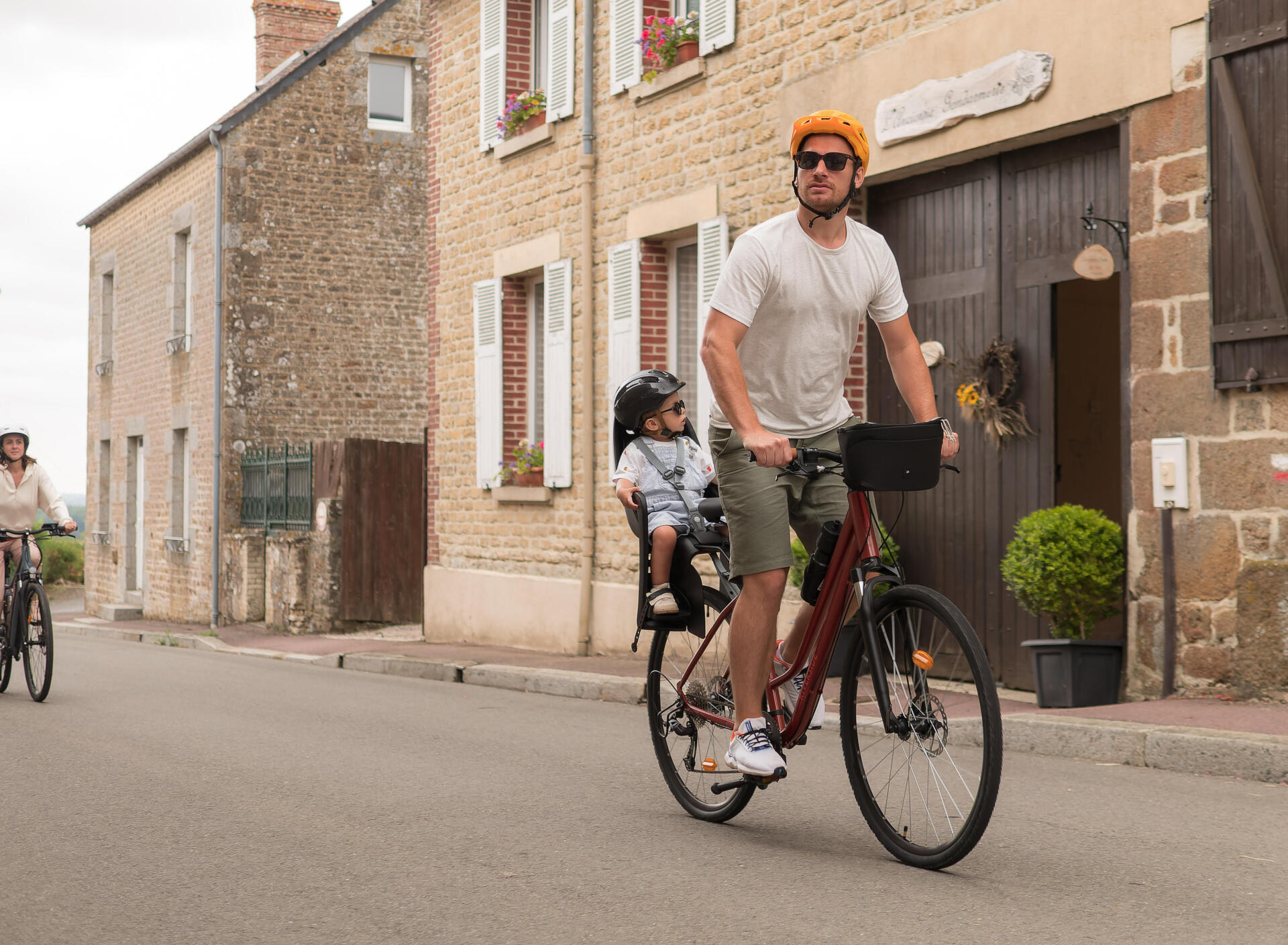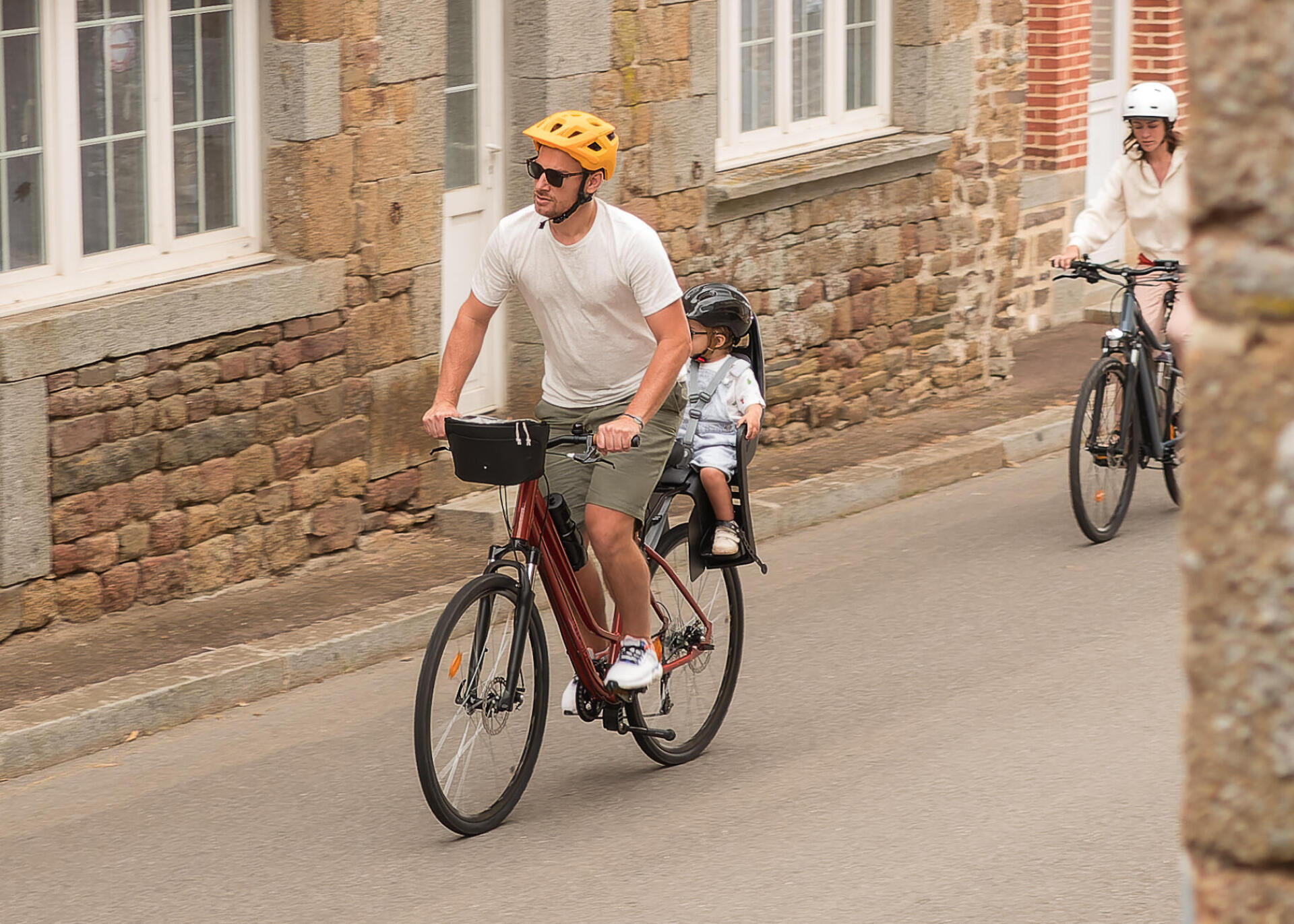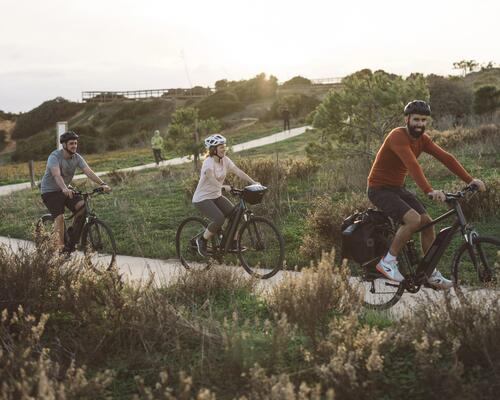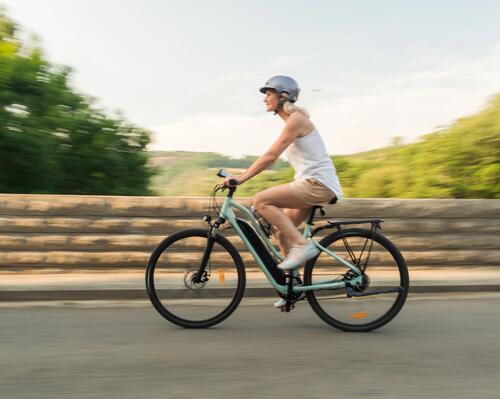What's the right way to do hill climbs?
Obviously, it's not always easy to keep calm and carry on riding with good technique when you come across a false flat, a lump, a hill or a mountain on a bike ride, especially if these obstacles appear one after another and you've got the wind in your face. Thankfully, there are several little tricks that you can pull out of your hat, starting with having your bike properly set up before you set off!
First up, make sure your bike is suitable for your height and build, and that you've got everything set to the right position so that riding feels easy and comfortable! Remember to check the height of your saddle, the height of your handlebar and the position of your handles.

